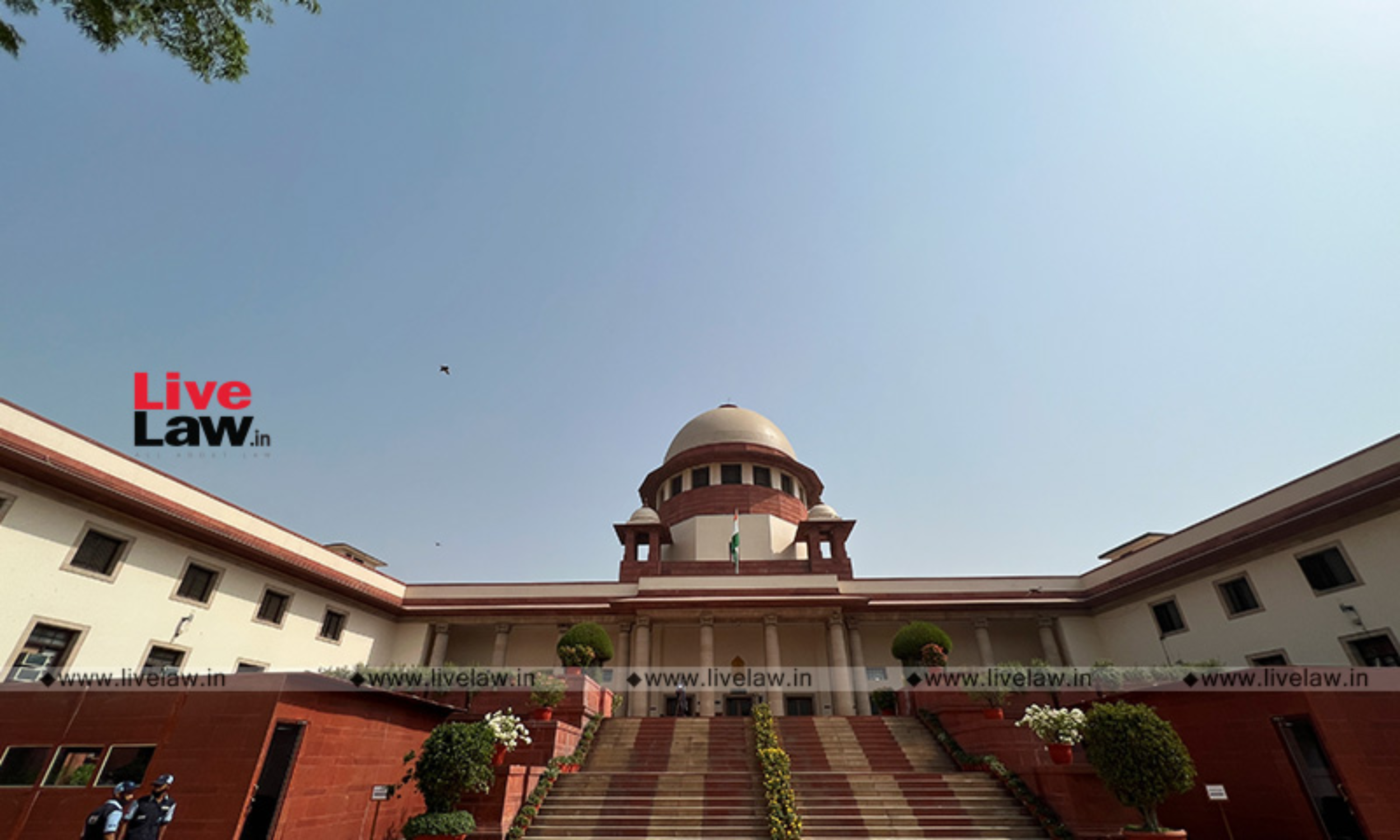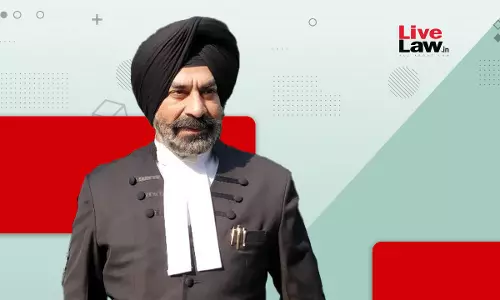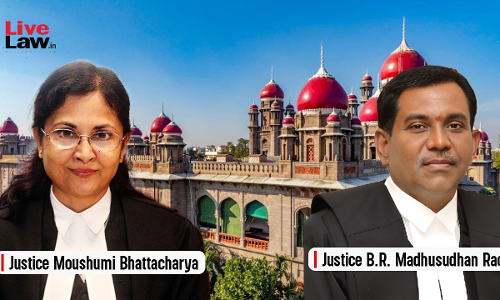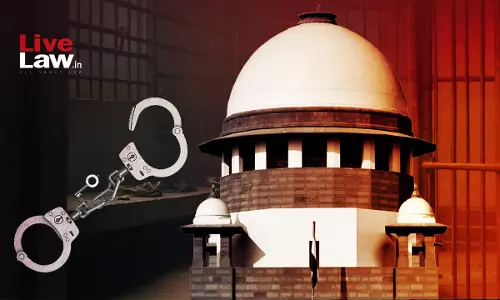Supreme Court Reserves Judgment On Orissa Administrative Tribunal Bar Association's Plea Challenging Abolition of Odisha Administrative Tribunal

The Supreme Court, on Tuesday, reserved judgment in a special leave petition filed by Orissa Administrative Tribunal Bar Association challenging Orissa High Court's order of upholding notification issued by the Department of Personnel and Training of the Central Government dated 2nd August 2019 abolishing Odisha Administrative Tribunal ("OAT").A Bench comprising Justices D.Y. Chandrachud and...
The Supreme Court, on Tuesday, reserved judgment in a special leave petition filed by Orissa Administrative Tribunal Bar Association challenging Orissa High Court's order of upholding notification issued by the Department of Personnel and Training of the Central Government dated 2nd August 2019 abolishing Odisha Administrative Tribunal ("OAT").
A Bench comprising Justices D.Y. Chandrachud and Hima Kohli asked the Counsels appearing for the parties to submit a short synopsis on or before 23rd September, 2022.
Mr. Ashok Kumer Parija, Advocate General representing the State of Odisha apprised the Bench that after the notification was rescinded by the Union Government on 02.08.2019, 49,817 cases were transferred to the Orissa High Court. Out of which 38, 226 cases, as on 19th September, 2022, have been disposed of, 11, 591 cases remain. 12 Judges have been appointed to the High Court, and there are about 5-6 dedicated benches of the High Court for service matters.
He also submitted that notification for abolition was issued only after the State Government had obtained the permission of the Full Court of the Orissa High Court.
Justice Chandrachud enquired, "What happened to the employees?"
He was informed that all the employees of the Odisha Administrative Tribunal have been absorbed, either by the High Court or by the RERA. The Advocate General added, "Law officers have also been absorbed."
Justice Chandrachud indicated that nothing survives in the matter. He remarked -
"When you can establish a Tribunal you can disband the Tribunal. Maybe the cost of maintaining another tribunal is extremely high so they thought of giving it to the High Court."
Advocate, Ashok Panigrahi appearing on behalf of the petitioner submitted that half the cases that the Advocate General had announced to have been disposed off by the High Court was on the ground that they had become infructuous.
Justice Kohli was of the view -
"The very fact that so many of these cases became infructuous shows that the Tribunal was not delivering on time."
Mr. Panigrahi argued that it was so because there was an acute shortage of members at the Tribunal.
Justice Chandrachud reckoned -
"It is much better to send it to the High Court rather than having all these paraphernalia without infrastructure, funding…"
He also noted that initially the litigants had to approach the Tribunal, then the High Court and thereafter the Apex Court. Dr. Aman Hingorani, appearing for petitioner in tagged matter informed the Bench that the present process of appeal is also a three-tiered process, because now the litigants have to go before the Single Judge first, then Division Bench and thereafter the Apex Court. The Judge stated that the High Court can change its Rules contemplating that the service matters would go to the Division Bench directly.
The Counsels for the petitioners averred that the object and purpose of the Tribunal Act was to reduce the burden of the High Court. Dr. Hingorani referred to the portion of the impugned judgment wherein the said submission has been recorded -
"Learned counsel for the parties have placed before this Court materials to demonstrate the mounting arrears in this Court over the past few years. At the same time, as against the sanctioned strength of twenty seven judges, the working strength has rarely exceeded twenty in the last twenty years. It is questioned therefore by the Petitioners, perhaps not without justification, whether the litigant before the High Court whose case has been transferred from the OAT can reasonably hope for a quicker disposal of her case? Further, it is pointed out that the transferred case is likely to be heard by a learned Single Judge of this Court with an appeal from that decision to the DB. Perhaps this was lost sight of by the State and Central governments when they concluded that by abolishing the OAT an additional tier of litigation could be avoided. There would in any event now be two tiers of litigation, in the High Court itself."
It was pointed out that these Tribunals have the benefit of being assisted by technical members.
Mr. Panigrahi also emphasised that judicial impact assessment, in compliance with the judgment of the Apex Court in Rojer Mathew v. Union of India had not been carried out before abolition. Dr. Hingorani added that in the present case there is no provision in the Administrative Tribunals Act to suggest abolition. The abolition has been carried out by issuing a notification under Section 4 (2) of the Administrative Tribunals Act read with Section 21 of the General Clauses Act without any specific provision for abolition in the AT Act.
ASG, Balbir Singh appearing for the Union Government defended the abolition of the Tribunal. He referred to M.P. High Court Bar Association v. Union of India wherein the Apex Court had held that the Parliament has the power to abolish Tribunals that it has created. He added -
"It is not that the Tribunal has been abolished and there is no adjudication process. It has been given to the High Court."
[Case Status: Orissa Administrative Tribunal Bar Association v. UoI And Ors. SLP(C) No. 10985/2021]




